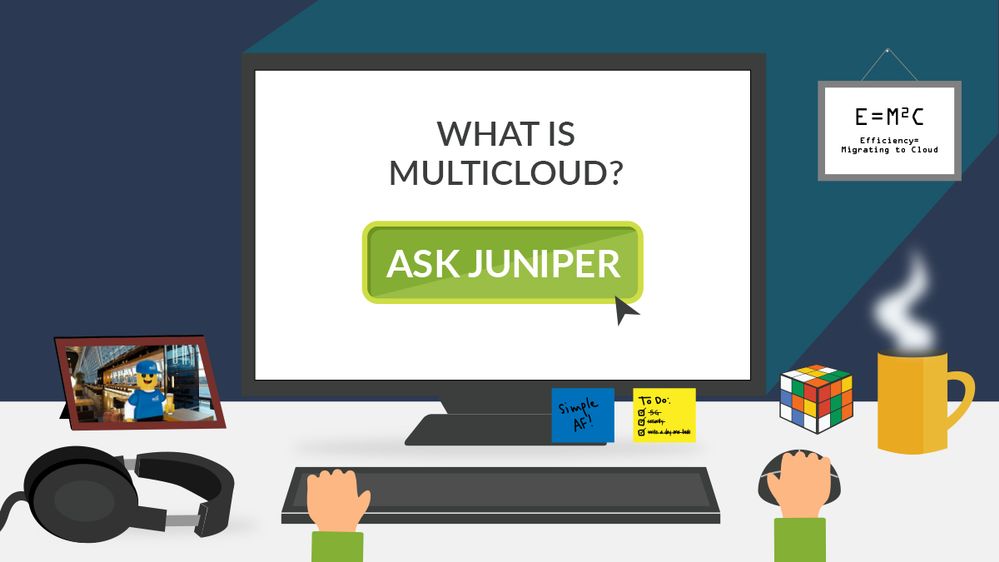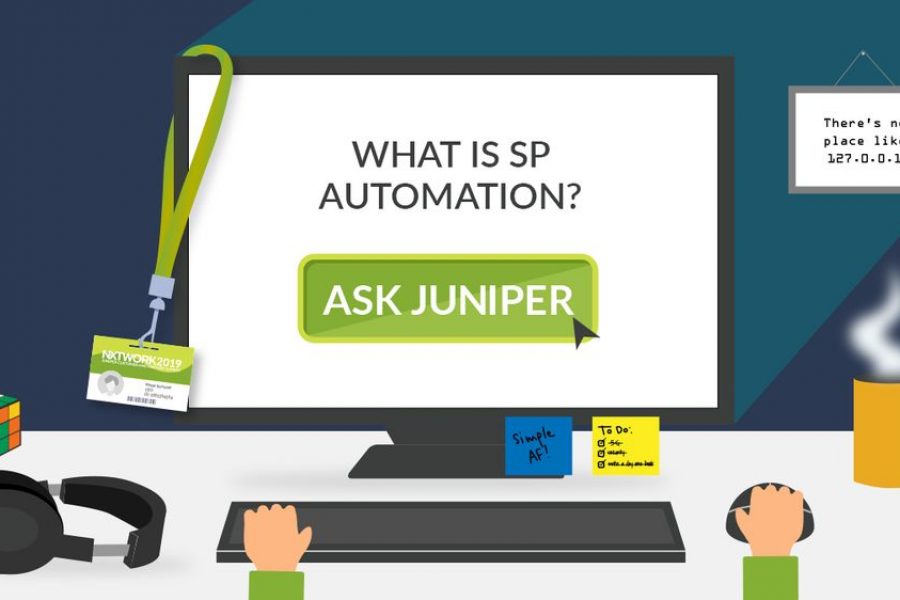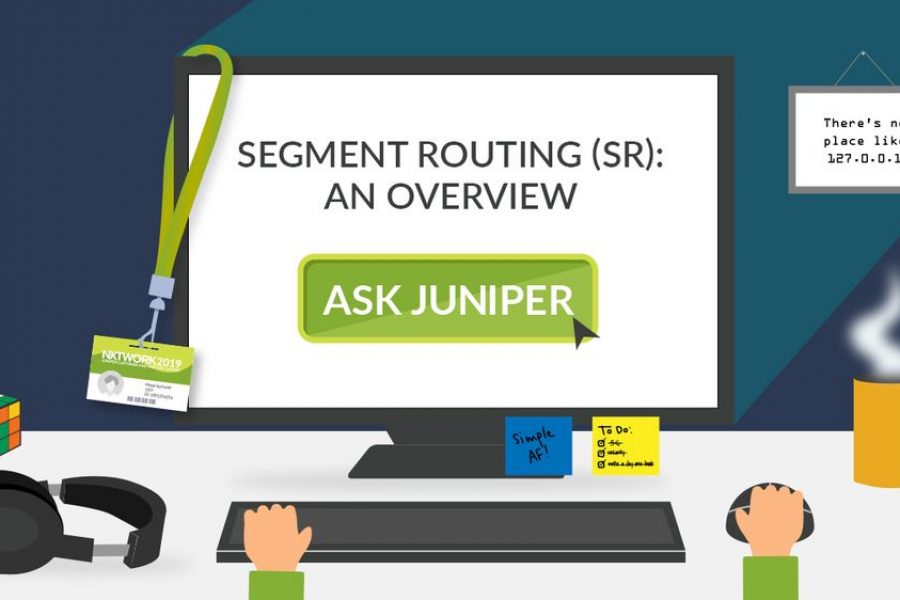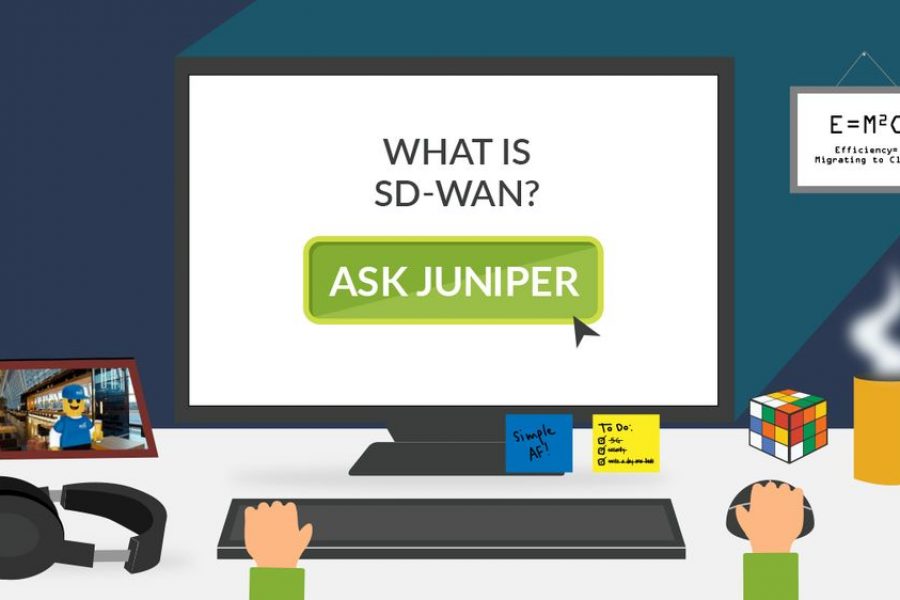
We’re living in the modern era of cloud technology — public, private, hybrid and now multicloud. For years now, companies have opted into whatever cloud service is suitable for their business, tapping into the cost savings, scalability and efficiency that comes with a cloud strategy. And now, the entire industry is moving to a new approach, one that combines a variety of these platforms (at least two or more) to find the best blend for a respective business, which has given us what we call multicloud. Not to be confused with the usage of multiple clouds, multicloud architectures are a combination of a handful of software as a service (SaaS) or platform as a service (PaaS) cloud offerings, though most commonly are a mix of public infrastructure as a service (IaaS) environments (think Amazon Web Services and Microsoft Azure). Multicloud is an approach to unifying operations across silos while still getting the benefits of different platforms, geographic locations, availability zones, economic options, etc.
Multicloud adoption is growing rapidly, largely because of the plethora of benefits it provides to businesses looking to optimize existing processes and scale effectively. Multicloud strategies can empower organizations by helping teams mitigate risk in a disaster recovery event, avoid vendor lock-in and reduce latency, among other things. But as with any exciting new innovation, there are some risks that come with multicloud adoption. With multicloud technology increasing the overall attack surface, cyberthreats have an expanded breadth of impact. That makes it so cyberthreats against cloud data and mission-critical applications can be hard to track and tackle given the distributed workloads. This means that must be an up-front consideration with security policy and control sitting above the enforcement points so that policy can be specified one time and applied everywhere.
The good news? If teams adopt , they can secure their infrastructure and workloads while still reaping the benefits of using multiple cloud vendors, commencing an operational journey as a result. As a variety of both public and private cloud infrastructures, is all about managing resources as a singular, cohesive infrastructure, regardless of where data resides, which eliminates existing silos and unifies operations. To maximize the value of their while still simplifying processes, teams should tap into an end-to-end multicloud enabler, capable of orchestrating and seeing activity across a broad, multivendor environment. By finding a single solution for both monitoring and managing multicloud environments, businesses can enjoy the benefits of a without concern or compromise.
Resources:
Cloud and Multicloud – The Impact on the Future of Network Control and Automation
Interconnecting the Enterprise Multicloud AWS Direct Connect
Technical Resources and Tools to Guide the Journey from Cloud to Multicloud
Why Enterprises Should Care about Multicloud Security
Introducing Simplicity to Workload Diversity and Operational Uniformity
Make Way for Secure and Automated Multicloud for Any Cloud, Any Workload and Any Deployment


